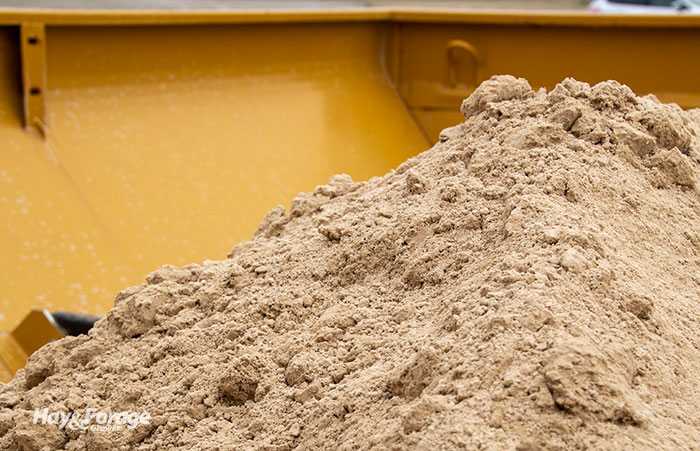Dolomitic lime could curb grass tetany |
| By Amber Friedrichsen, Associate Editor |
|
|
 The spring flush is fast approaching as days grow longer and temperatures get warmer. Despite an abundance of forage, though, spring pastures are often deficient in a key mineral: magnesium. This can lead to grass tetany in cattle, which is a metabolic disorder that can quickly progress from bad to worse. Adding supplemental magnesium to cattle diets two to three weeks ahead of the grazing season can mitigate the risk of grass tetany. Clifton Martin with Ohio State University Extension says the type of liming agent used in pastures may enhance magnesium levels in soil and forage, too. Martin, an extension educator, explains that in addition to amending soil pH, applying dolomitic lime to grass forages could prevent grass tetany since it contains plant-available magnesium. Although dolomitic lime is more expensive that calcitic lime, he suggests the benefit of deterring this disorder may offset the extra cost. Signs and susceptibility Grass tetany, or hypomagnesemia, occurs when animals’ blood magnesium concentration gets too low. Initial signs of the disorder include grazing away from the herd, irritability, and muscle twitching, which can quickly progress into muscle incoordination, staggering, collapsing, coma, and death. Older and lactating cows are most susceptible to grass tetany, but heifers, steers, dry cows, and calves are also subject to it. Martin notes magnesium content in forage must be at least 0.2% to avoid grass tetany in cattle, but concentrations are often much lower when cool-season grasses flourish at the start of the growing season. High concentrations of other nutrients can also inhibit magnesium uptake in cattle. Martin notes the risk of grass tetany is heightened when the ratio of magnesium to potassium in the soil is less than 2:1. Too much dietary fat and sodium can also reduce magnesium efficiency, and an imbalance of calcium can exacerbate grass tetany as well. Other factors In addition to providing more magnesium, using dolomitic lime instead of calcitic lime may mitigate excess calcium in the soil. With that said, magnesium availability will also hinge on fertilizer applications, forage species, and mineral supplementation. Take soil samples and test forage to determine proper fertilization rates to avoid the overapplication of nutrients that can interfere with magnesium uptake. Martin suggests incorporating a legume component into grass pastures as a long-term solution to grass tetany that will boost magnesium levels throughout the forage stand. In the short term, start feeding cattle a mineral mix that contains 8% to 12% magnesium at a rate of 3 to 4 ounces per head per day. Cooked molasses products can also be used. Then when the grazing season begins, offer livestock dry hay and/or add salts such as magnesium acetate, magnesium chloride, or magnesium sulfate to water tanks to ensure animals meet their nutrient needs. |
